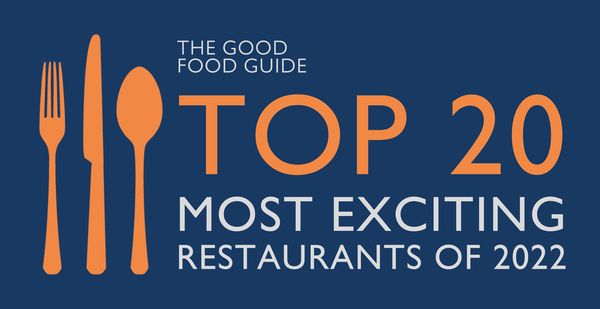How many times in recent months have staff in a restaurant handed you a menu comprising a loosely categorised list of dishes, explained that the ‘concept’ is small plate dining and that the selection you order will arrive as and when ready from the kitchen?
This popular small plates trend has its roots deep in global food culture; from the tapas, mezze and aperitivos accompanying pre-dinner drinks around the Mediterranean to dim sum – historically a brunch with tea. However, a grazing style that was originally linked to fixed occasions or times of day outside of formal meal-times has increasingly become an end in itself.
Low commitment eating
From a consumer perspective there are obvious benefits - mealtimes are more fluid, and informal gatherings more frequent. A small plate approach can offer low commitment eating that has the ability to easily flex up and down according to numbers, appetite, time availability and wallet. Creative fusions or culinary ‘mash-ups’ can offer a one-stop shop for different taste and dietary preferences.
There are also strong commercial drivers from a chef’s perspective. Establishing a traditional restaurant with a full scale catering kitchen and its brigade is of a different order than creatively maximising the opportunities of, for example, an open kitchen galley and assembly area with a number of multi-tasking staff. Small plates menus can enable kitchens to explore and innovate while offering a quick turn-around in a buzzy, informal atmosphere.
So, will the popularity last and can an ever-increasing number of chefs and restaurateurs keep the ‘small plate’ trend spinning successfully?
Responding to consumer aspirations
At its best, ‘small plate dining’ allows innovative and creative chefs to create small scale works of art that showcase their craft and inspirations in dishes of depth and complexity. In return the diner can maximise their choice and flexibility, having what they want when they want it, unfettered by set menus or narrow ranges.
However, if this trend becomes driven more by the establishment’s ease and bottom-line, tensions emerge. Kitchen convenience can drown diners under a tapas-tsunami or leave them suffering a digestive drought. Multiple mini dishes can result in an unbalanced set of flavour combinations, quantities or nutritional value.
Sharing is not always easy – forensic dissection of portions can feel like nursery eating – not ideal for a business lunch or those with short arms! If the expected miniaturist masterpieces become more broad-brush basics, then shrink-flation sets in with portions and quality reducing much faster than prices.
Style over substance is rarely sustainable or satisfying. The ‘small plate’ trend is still hot and clearly responds to consumer aspirations. If the creativity, quality, accessibility and value remain high, then it is likely to be with us for some while. Its longevity will ultimately come down to the skill and flair of its best exponents and their continued focus on their customer.
We’ve picked out some great performers whose ongoing popularity show they’re getting it right with their target audience.








